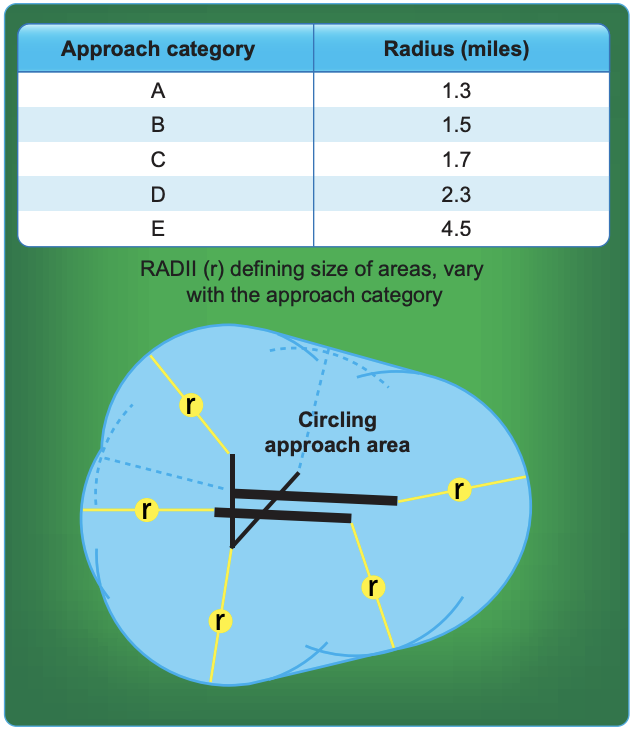By: Rigel Martinez, CFII
What is circle to land? Why is it important? Every IFR pilot will eventually find themselves in a situation where they will need to perform this maneuver at some point in their lives. Circling procedures bring their own challenges to pilots because they’re conducted at low altitudes, day/night, with IMC (Instrument Meteorological Conditions) that can affect a pilot’s ability to judge their depth perception and ability to assess their descent down to the runway. As per the FAA, circling procedures are one of the most challenging flight maneuvers conducted in the NAS (National Airspace System). Let’s go back to the first question… What is circle to land?

Circling to land is a procedure performed after conducting an instrument approach procedure (IAP) where the active runway isn’t aligned with the approach being flown and the pilot visually flies at a low altitude down to the active runway. Take for example a VOR approach where the approach course isn’t aligned to the runway and it’s the only IAP at the airport. Better yet, you’re flying a precision approach but the runway you were cleared for, now has a downed aircraft and ATC gives you a circling procedure to the runway that’s parallel to you. There are many scenarios where pilots will encounter a circling procedure and it’s the reason why you’ll train for them before obtaining your IFR rating.
Remember that before accepting or performing a circling procedure that comes with its own set of challenges, pilots should mitigate and make an assessment whether it’s possible to accomplish the procedure. Factors like proficiency/skill level, personal minimums, aircraft performance and limitations, and how they will fly a missed approach in case visual contact is lost should be considered. For example: flying a corporate jet at a high approach speed with a cloud ceiling at 500 feet where a pilot will be required to circle at a low altitude will require a lot of brainpower and skill to safety land.
Most IAP will come with circling minimums with their straight in minimums at the bottom of the approach plate and various IAP will be solely for circling and are normally lettered (Ex: VOR-A). Circling minimums will normally be higher than straight in minimums. Be sure to brief the approach plate thoroughly since some instrument approaches, circling is not authorized.
Now let’s say we’re on an approach and we have to circle, when do we start to circle? The answer can be found in the first few pages of the FAA Terminal Procedure Publication. You’ll find a chart named “Standard Circling Approach Maneuvering Radius”, here you will need to find the category of your aircraft (Category depends on your Vref speed or 1.3xVso if your aircraft doesn’t have Vref) and depending on the category and altitude, the chart will depict the radius in which you can maneuver to circle.
For example: flying a category A aircraft at 1000ft MSL or less will require a circling radius of at least 1.3 NM.
As a competent pilot, be sure to use circling approaches as a last resort and only use them if you’re fully prepared to fly them.


.png?width=178&height=50&name=Aviator%20Zone%20Academy%20(5).png)
Submit a Comment